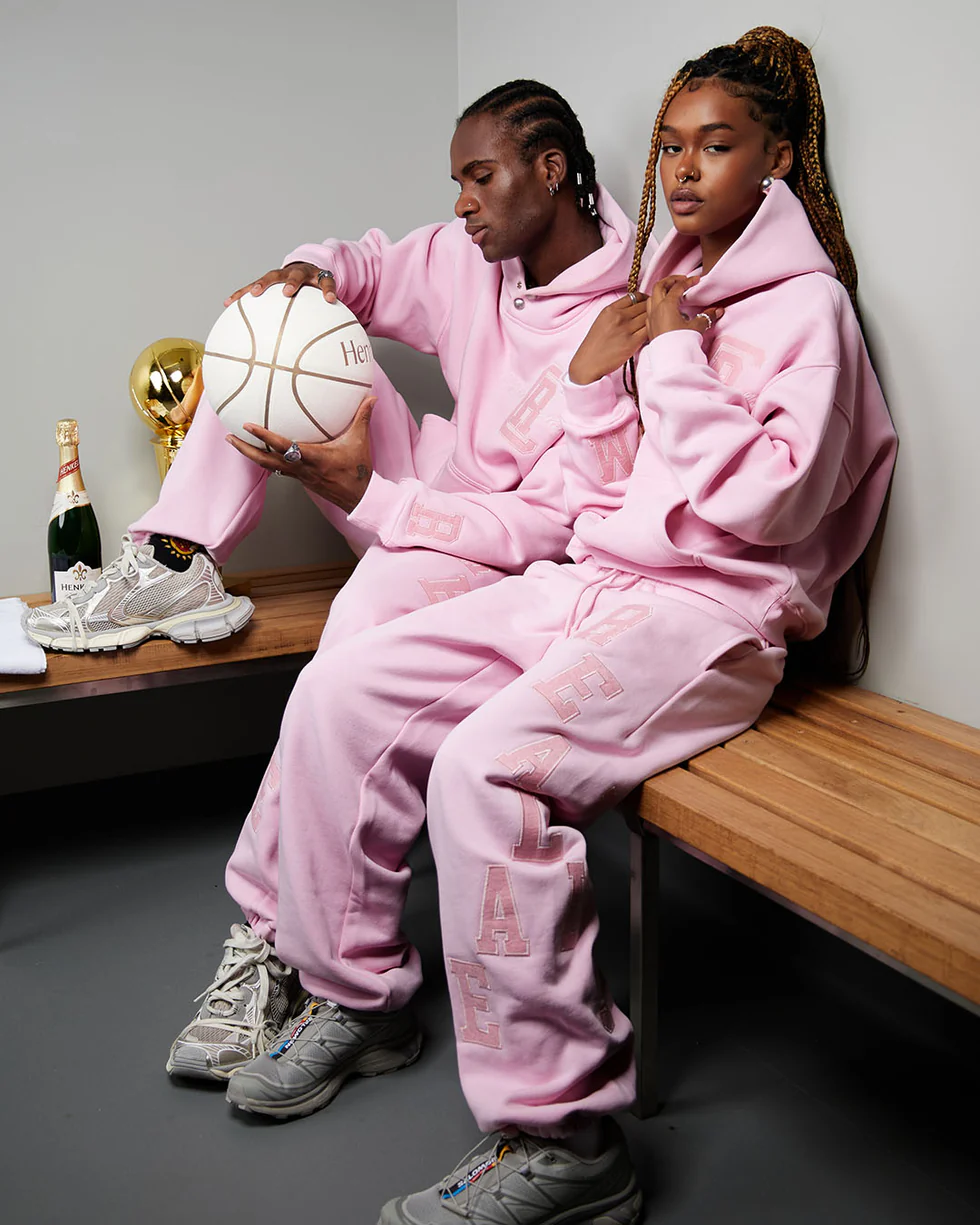Fashion loves fantasy, but most of us live our lives in the space between the office chair, the subway pole, the coffee queue, and the quick dash to meet friends after work. Realism clothing is the response to that truth: an aesthetic and methodology that prioritizes what you actually do, how you actually move, and what you actually need—without sacrificing beauty, character, or cultural relevance. It’s a philosophy that rejects the churn of micro‑trends and instead insists that honesty, function, and longevity can be just as compelling as spectacle.
What Is “Realism” in Clothing?
Realism clothing isn’t a single brand or a narrow style—it’s a mindset. Think garments designed from the inside out: pattern-first, fabric-forward, and wear-tested. It’s the T-shirt that doesn’t twist after three washes, the blazer that has enough room in the shoulders to actually type all day, the jeans cut with a rise that respects the human body rather than a fleeting silhouette posted on a runway. Realism privileges utility, proportion, tactile quality, and transparency over artifice. It’s not about dressing down; it’s about dressing right.
A Brief Genealogy: From Workwear to Quiet Luxury (and Beyond)
The roots of realism clothing run deep. Classic workwear—denim built for miners, chore coats for factory floors, military overshirts engineered for durability—was realism before the term existed. Later, movements like minimalism, normcore, and quiet luxury all chipped away at the performative layers of fashion, pointing us toward something calmer, smarter, and more enduring. Realism clothing synthesizes these strands, but adds an explicit insistence on truthfulness: truth in material origin, in cost breakdowns, in supply-chain ethics, and in design intent. It’s minimalism with a conscience, workwear with finesse, luxury without the screaming logo.
The Design Codes of Realism
1. Fabric That Earns Its Place
The fabric comes first. Realism gravitates to cottons with dense, even weaves; wool with character and crimp; linens that soften and drape with time; regenerated or recycled fibers that actually feel good on skin. Synthetics aren’t banned, but they’re used knowingly—nylon for abrasion resistance, elastane for comfort where it matters, not to cheapen the hand-feel.
2. Fit That Honors the Body
Realist garments respect the body’s architecture. They allow movement, layer strategically, and balance line with volume. Shoulders align, sleeves hit the right bone, rises are generous enough to sit and stand without constant adjustment. The silhouette reads modern because it’s proportionally intelligent, not because it’s aggressively trendy.
3. Color as a Tool, Not a Megaphone
The palette is mostly grounded—blacks, navies, greys, earth tones—so that pieces can cross over contexts and seasons seamlessly. Accent tones do appear, but they’re cohesive, not chaotic. The goal is modularity: everything talks to everything else in the wardrobe.
4. Construction You Can Turn Inside Out
French seams, chain-stitching, taped hems, reinforced pockets, bar-tacks at stress points—the invisible details matter. Realism is proud of its guts: turn a piece inside out and you see logic, care, and longevity stitched into the backbone.
5. Details That Work, Not Wink
Pockets fit your phone, keys, and notebook. Hems are finished to be altered. Waistbands have hidden extension tabs. Zips are YKK or RiRi and won’t fail you at airport security. Hardware is chosen for resilience, not just sheen.
The Ethical Core: Radical Transparency as Design
Realism clothing expands beyond aesthetics into ethics. It asks: Who made this? How were they paid? What’s the true environmental cost? The realist brand or designer is willing to publish their suppliers, their fiber mixes, their transport miles, their margins. In a landscape saturated with vague “sustainable” claims, realism insists on receipts. Traceability isn’t a marketing flourish; it’s integral to the garment’s value proposition. When you wear realism, you’re wearing an answer key.
How to Build a Realist Wardrobe (Without Starting Over)
Audit First, Buy Last.
Lay everything you own on the bed. What do you actually wear? What always lets you down (itchy, shrinks, pills, rides up)? Let your reality, not your aspirations, map the gaps.
Define Your Daily Use Cases.
Your day-to-day life is your runway. Commutes, desk work, school pickups, weekend runs, date nights—design your wardrobe to meet your tempo, not Instagram’s algorithm. If you cycle, you need breathability and stretch. If you present, you need structured knits and jackets that look sharp on camera.
Invest in Hinges, Not Heroes.
A hinge piece is one that lets five others swing into place: a perfectly weighted merino crewneck, a double-pleated trouser in a breathable twill, a mid-weight overshirt that layers 9 months a year. Buy fewer, but buy better—each addition should expand the wardrobe’s combinatorial power.
Prioritize Tailorability.
Realism knows bodies aren’t sample size. Choose garments designed to be tweaked: generous seam allowances, clean lines, and fabrics that can survive the needle. A $20 alteration can add five years of wear.
The Realism Styling Playbook
Monochrome with Texture
Black on black can be flat; black in cotton jersey, wool gabardine, and matte nylon reads rich, dimensional, and quietly confident. Texture replaces print as the signifier of intent.
Proportion as Personality
Play with volume while staying functional: wide-leg trousers with a snug ribbed knit; a cropped jacket over a longer oxford; a relaxed coat over tapered denim. The clothes are still practical, but the line tells a story.
Hardware Minimalism, Accessory Precision
A realistic wardrobe pares back metal, logos, and gimmickry—then chooses one sharp accessory: a watch with a legible dial, a leather belt with a solid brass buckle, a tote with reinforced handles. Less, but better chosen.
Realism vs. Trends: The Slow Edit
Realism doesn’t demand you ignore trends—just that you interrogate them. A current cut (say, a fuller, higher-rise trouser) may genuinely improve comfort and proportion; a micro-trend (a bizarre pocket placement that breaks usability) won’t. Practice the slow edit: when a new idea appears, wait, try, test. If it earns a place in your rotation after 30 wears, it’s yours. If not, it was noise.
Care, Repair, and the Patina of Use
A realist wardrobe assumes maintenance. You learn to steam, not scorch. You rotate shoes, condition leather, de-pill knits, and replace buttons like it’s no big deal. You patch elbows on a beloved chore coat and call it character, not compromise. Caring for clothes is how realism extends design beyond the checkout counter—it’s design as a lifelong relationship.
The Tech-Enabled Future of Realism
Expect the next wave of realism to be data-driven and sensor-backed: QR codes that reveal a garment’s full journey; NFC tags that log wash cycles and suggest optimal care; blockchain-backed proof of origin and labor compliance; and digital IDs that help you resell or recycle intelligently. Tech doesn’t replace tactility—it authenticates it.
Why Realism Clothing Matters Now
In an era of fast fashion acceleration and identity-performance overload, realism clothing offers something radically stabilizing: clarity. Clarity about who you are (and how you live), about what your clothes are made of (and by whom), and about the standards you’re willing to uphold. It’s not anti-style; it’s pro-substance. It’s not anti-luxury; it’s luxury justified. Realism asks you to look at your wardrobe the way an architect looks at a building: not just for façade, but for structure, purpose, and the lived experience inside.
In the end, realism clothing is a promise. A promise that what you buy will work as hard as you do. That form will answer function without losing poetry. That every stitch is there for a reason. And that your style can be as honest—and as enduring—as the life you actually lead.


